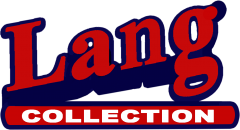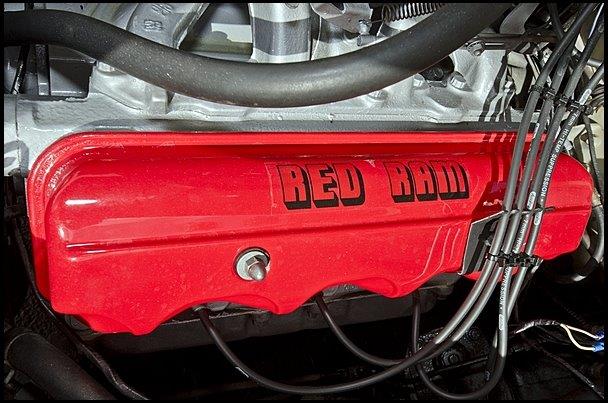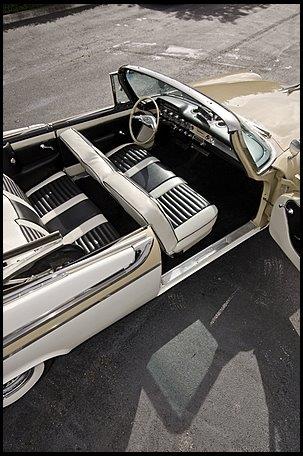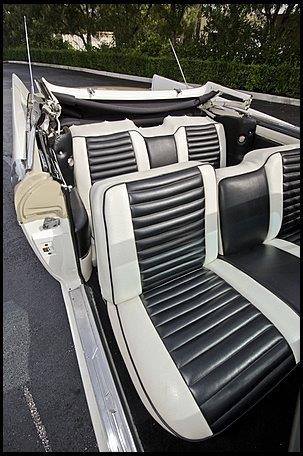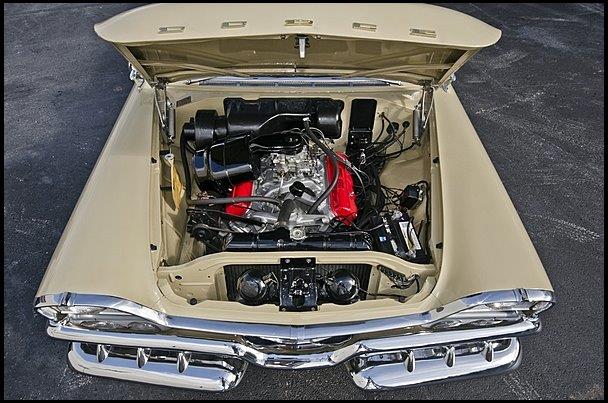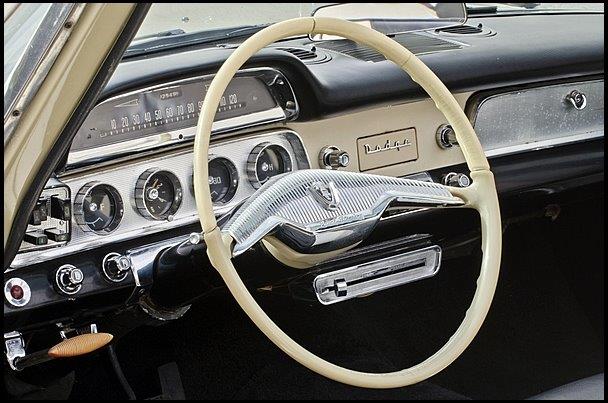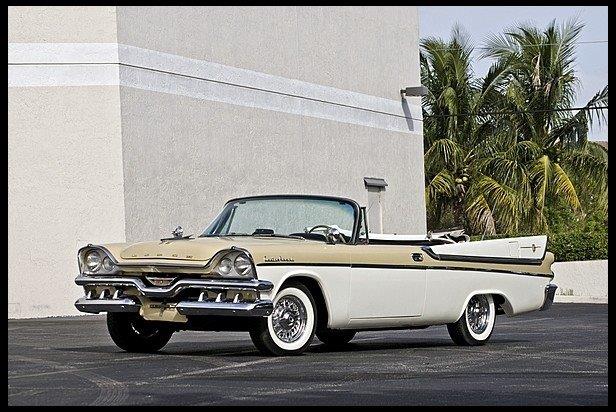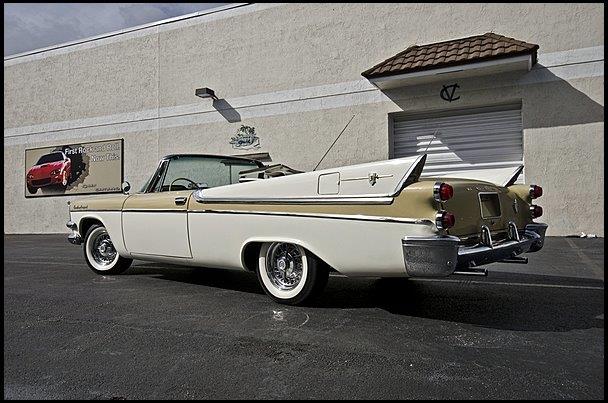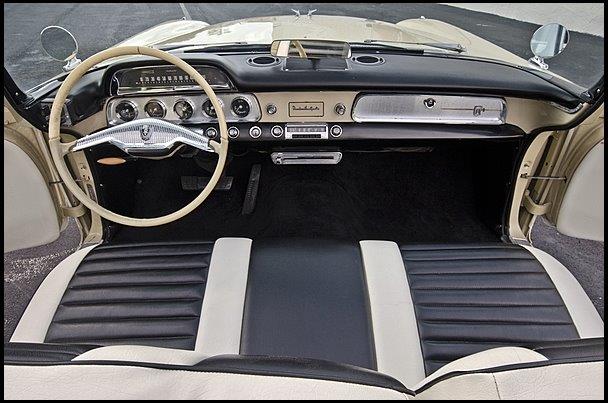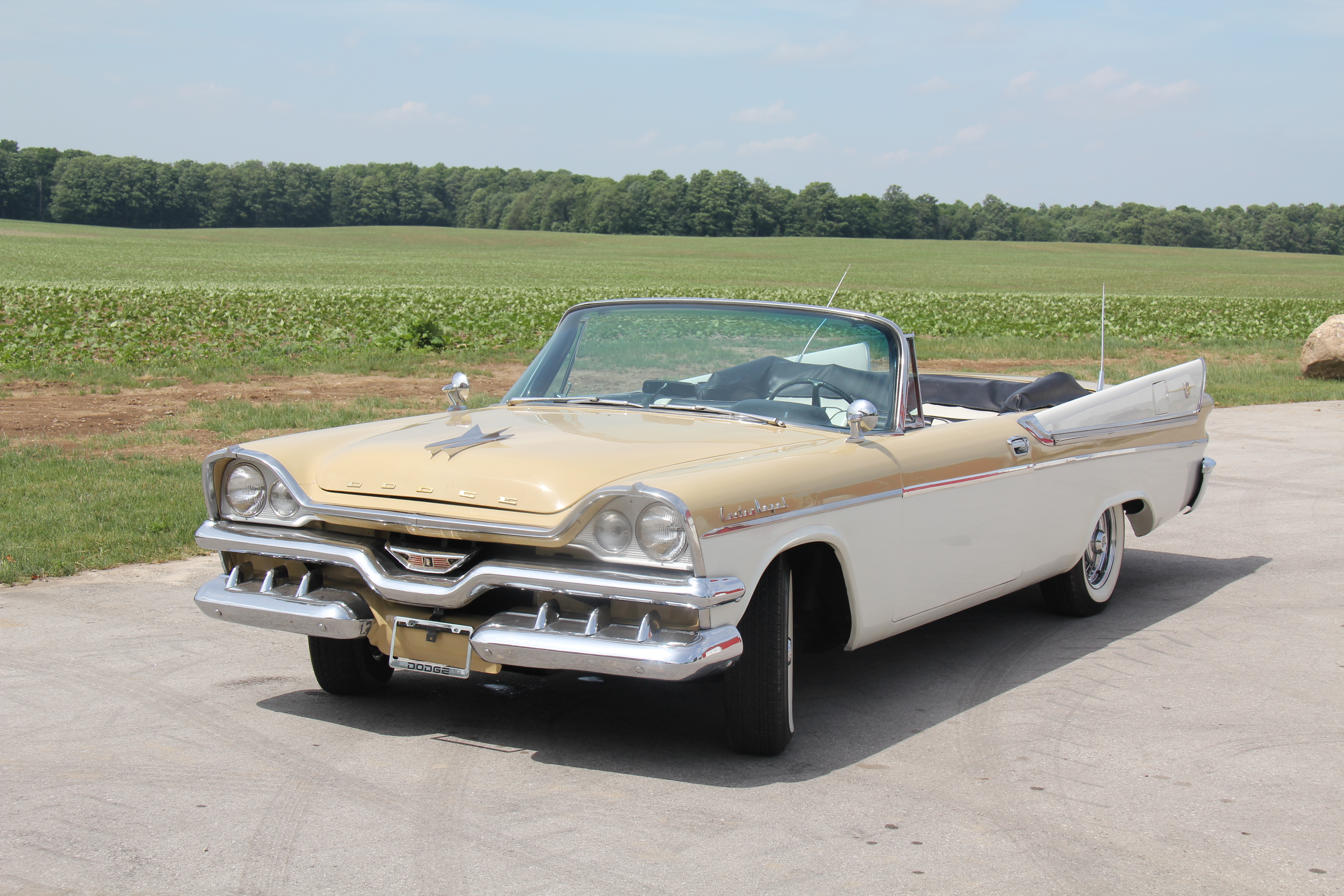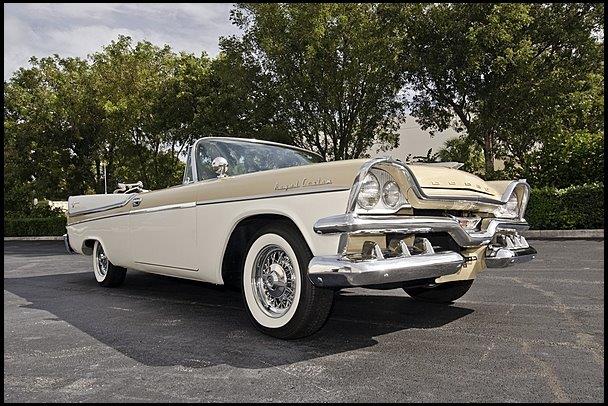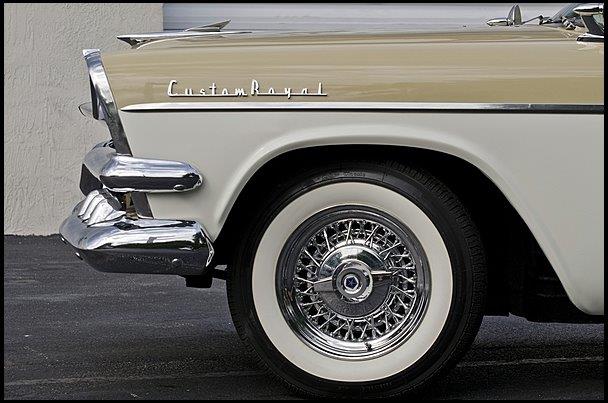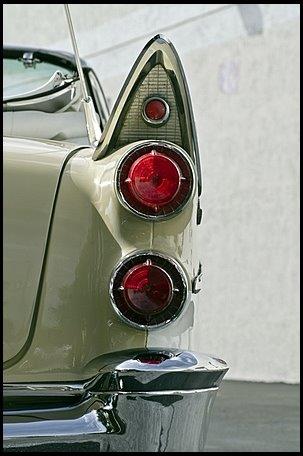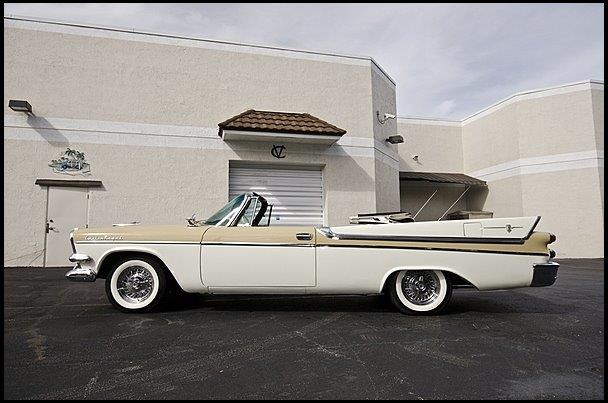1957 DODGE CUSTOM ROYAL NO 20
Designed by Virgil Exner as part of Chrysler’s Forward Look styling program, this 1957 Dodge Custom Royale convertible was introduced amidst a virtual flurry of new advertising slogans and feature nomenclature. Described in company sales literature as “completely new, from road to roof,” the “longer, lower, wider” Custom Royale featured “Twin-Set Driving and Parking Lights” above the front “Mono-Grille,” with “Soaring Swept Wings” housing new “Twin Jet Taillamps” out back; speeds were monitored by the new “Scope Sight” speedometer with its horizontal Red ribbon.
Behind all the florid jargon was a flamboyant machine with superior handling by virtue of new-for-1957 front torsion bar and rear leaf suspension which, when teamed with the optional 325 cid Red Ram high-performance engine, made for a genuine performer.
Fresh from a restoration completed in 2012, this 1957 Custom Royale convertible is finished in correct Saddle over Glacier White and fitted with new chromed wire wheels wrapped in wide whitewall radial tires. A Torqueflite automatic transmission backs the car’s Red Ram engine, while the sharp Black-and-White interior offers a padded dash, pushbutton AM radio and full instrumentation.
On the road, it is a pleasure to drive as it effortlessly eats up the miles.
The “Forward Look” and Virgil Exner
The Return of Design to Chrysler Corp
Virgil Exner, Sr (1909-1973) was an automobile designer for several American car companies most notably General Motors, Studebaker and Chrysler. He is most remembered for his “Forward Look” design for the 1955-1963 Chrysler line of cars.
His first design boss was GM styling czar Harley Earl who, recognizing his talent, put young Exner in charge of Pontiac Division styling before he was 30 years old. In 1944 he was hired by Studebaker in South Bend, IN where he worked to design their car line for the post-war years. Their slogan during these years was “First by far with a post-war car.” Exner’s masterpiece at Studebaker was the 1947 Starlight which even today looks like a car before its time.
Since the problems marketing the Airflow line of cars in the 1930’s, Chrysler had became very conservative with all their auto bodies again being designed by engineers instead of designers. Although highly reliable they looked old fashioned and boxy and as result was losing market share. So in the early 1950’s Exner was hired by Chrysler and quickly gained control over the design process including the clay prototypes and the die models used to create production tooling. His 1955 models were the highest selling models in years. But the highlight of Exner’s design career was the Forward Look models of 1957 that to this day look other-worldly.
Taking Harley Earl’s fins from the rear fenders of the 1948 Cadillac, Exner made them his own by enlarging the fins and making them more prominent. Chrysler engineers introduced a new torsion bar suspension that lowered the car and made it hug the road like a true sports car. Exner also lowered the roof line making the cars look sleeker, smother and more aggressive. With the long hood and short deck, the 1957 models brought Chrysler to the forefront of design with the other brands hustling to catch up. In June of 1957, Exner and his design team won the coveted Industrial Designer’s Institute Gold Medal Award. The engineers also married these outstanding designs to a solid line of engines that allowed the cars to burn up the highway (if that was your choice).
The advertising for the `57 Models said “Suddenly it’s 1960.” When you look at this 1957 Dodge Custom Royal now in the Lang Collection and compare it and the other Chrysler models to the contemporary designs of the other manufactories, foreign or domestic, “The Forward Look” seems even further ahead of the times.
After a heart attack, Exner left Chrysler in the early 1960’s but remained a consultant in the industry for the rest of his life. He designed a number of “Revival Cars” that included a Duesenberg and the amazing looking to this day Stutz revival before his death in 1973.
But no matter what came before or after, Virgil Exner will always be remembered for the huge design leap he made with the Forward Look at Chrysler in the mid `50’s that changed the way cars would forever be designed.
